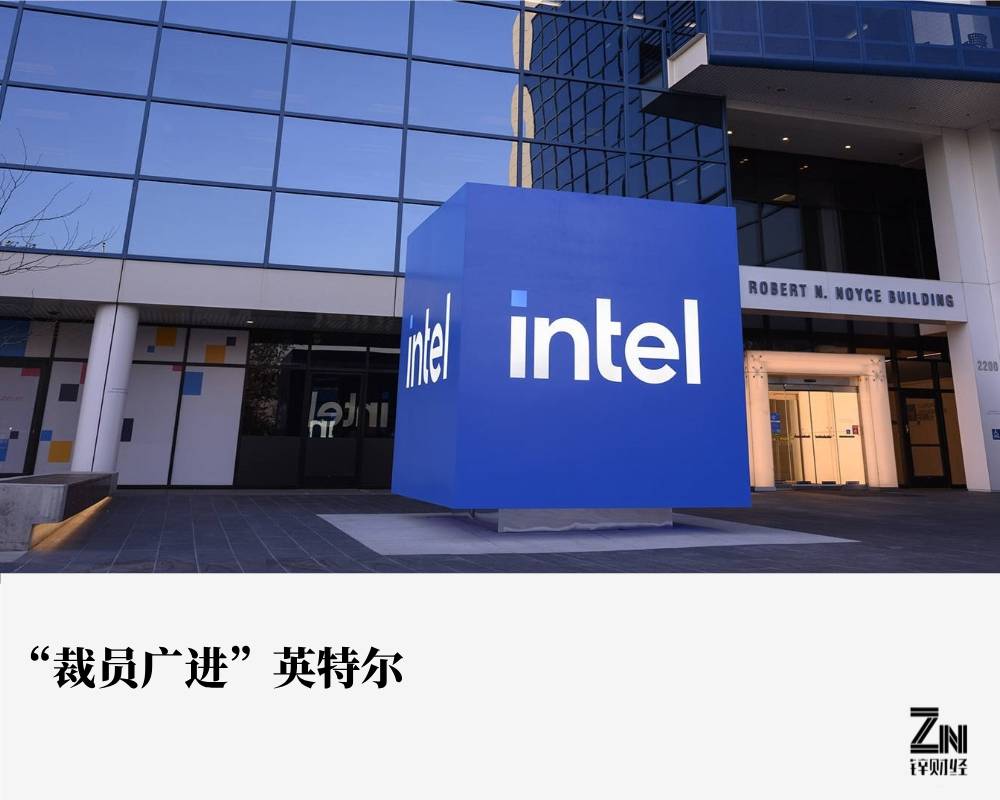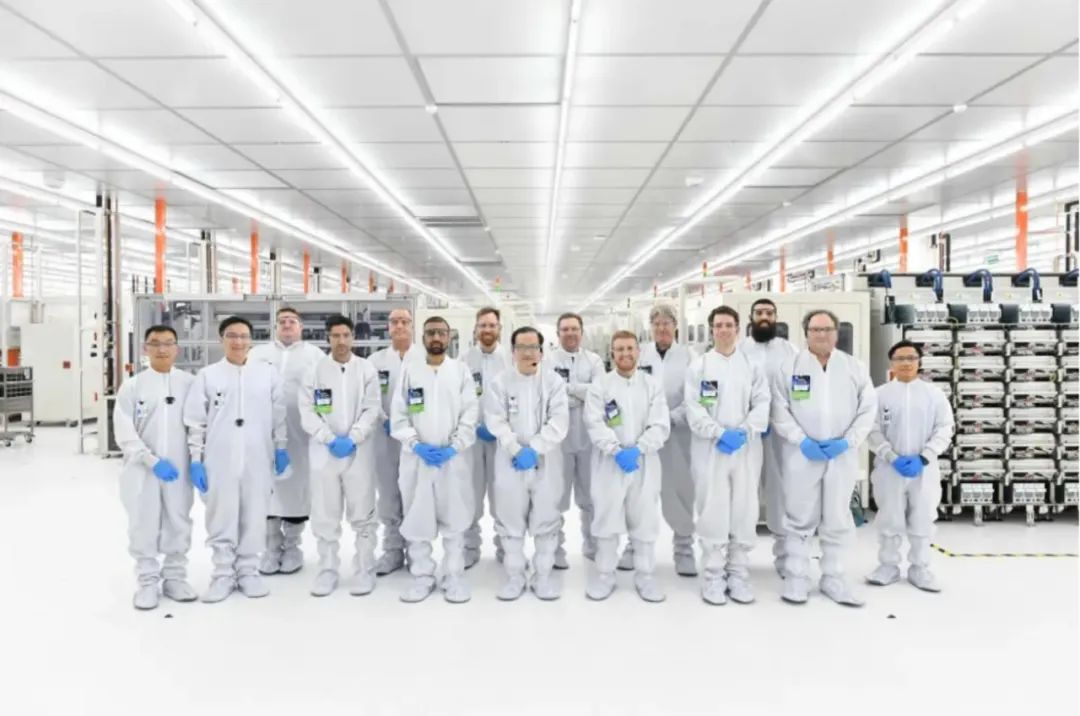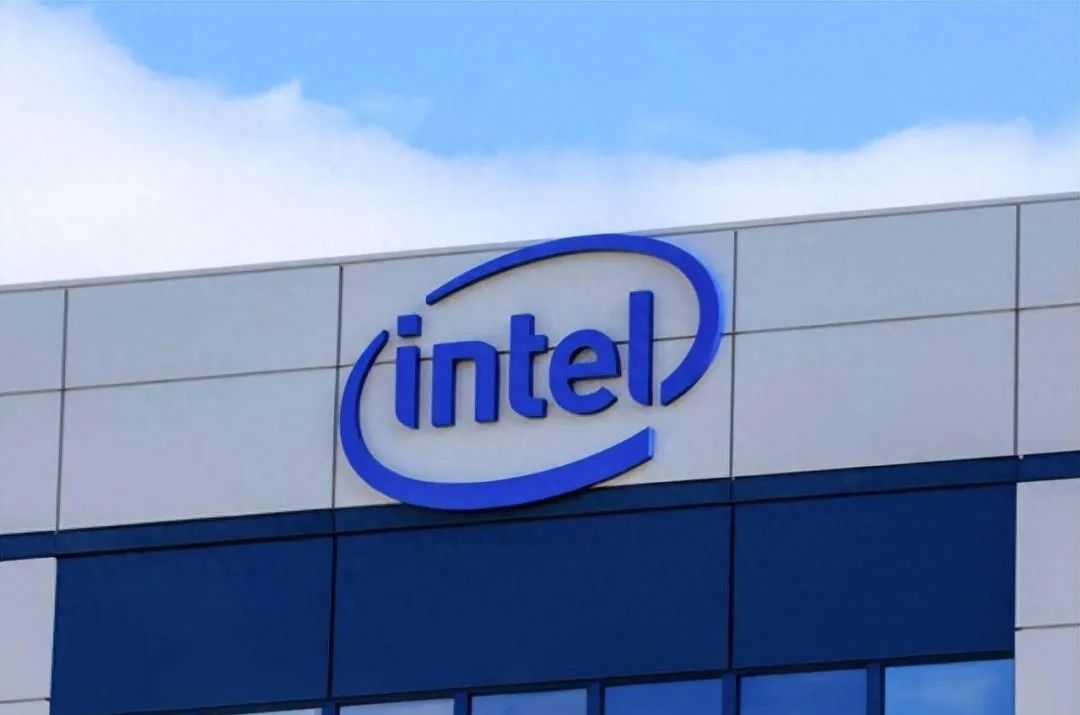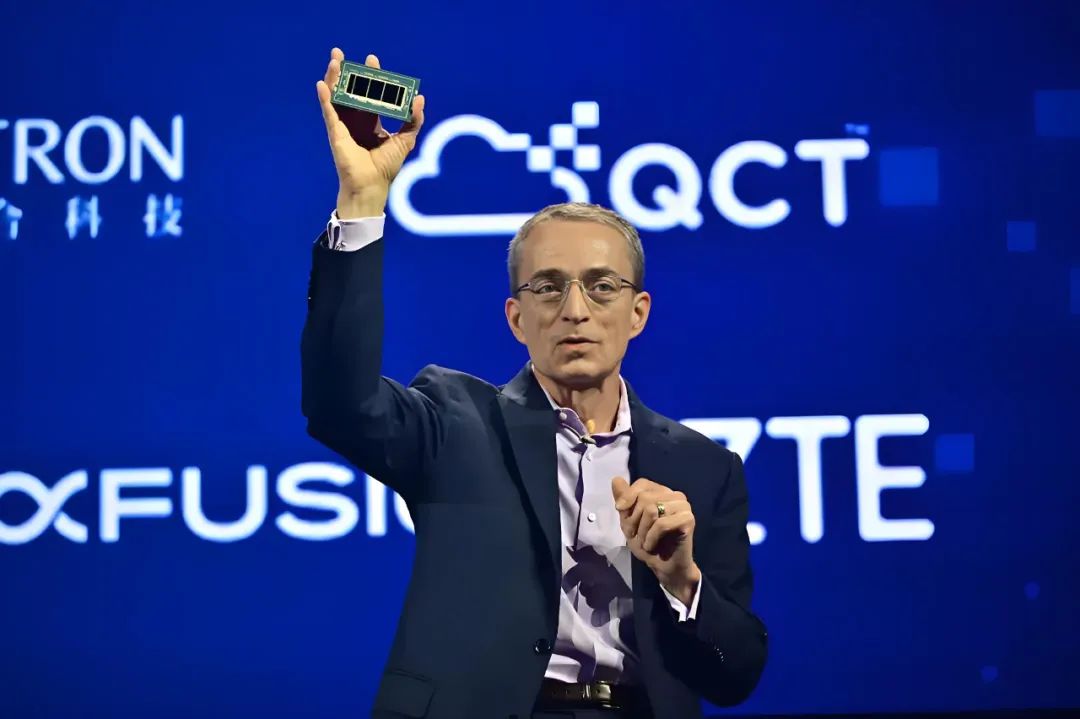Intel's self-rescue through layoffs: 7,500 laid off, 7,500 pending
![]() 11/01 2024
11/01 2024
![]() 410
410

Author|Sun Pengyue
Editor|Da Feng
Intel's "widespread layoffs" plan has officially entered its peak period. According to the latest news, Intel has submitted documents to the Polish Labor Office, planning to lay off hundreds of employees at its R&D center in Gdansk, Poland. In addition to Poland, Intel's management teams in various countries and departments worldwide have submitted lists of employees recommended for layoffs to headquarters. It is understood that based on the compensation plan provided, employees who have served the company for five years will receive four months' salary, those who have served for ten years or more will receive ten months' salary, and those who have served for over 30 years will receive 19 months' salary upon retirement. To survive, "the Blue Giant" Intel is pulling out all the stops.

Plan to lay off 15% of employees
In the first half of 2024, Intel's financial report showed a direct loss of $1.99 billion, setting a new corporate record for losses. Affected by this dismal report, in August this year, Intel officially announced a layoff plan: to cut over 15,000 jobs, equivalent to 15% of its total workforce, with most layoffs to be completed by the end of 2024. If the plan to lay off 15,000 employees is completed, Intel will reduce costs by $10 billion in 2025. By mid-September, Intel CEO Pat Gelsinger announced, "Through our voluntary early retirement and separation services, we have already achieved more than half of our goal of laying off about 15,000 people by the end of this year (i.e., over 7,500 layoffs have been completed in just one and a half months)." It has to be said that this layoff efficiency is remarkable. However, this is due to Intel's generous compensation. According to foreign interviews, most Intel employees who chose to voluntarily leave received satisfactory salary compensation.

Intel factory
Why has Intel, nicknamed the "Blue Giant," collapsed so dramatically within just a few years, even resorting to layoffs to survive? A significant reason is the decline of the PC business. As a PC giant, Intel has dominated the PC desktop processor market for decades. However, its specialized x86 architecture processors have frequently come under pressure from ARM architecture in recent years. In particular, the release of Apple's M1 chip in 2020 and Qualcomm's Snapdragon X Elite processor in 2023 has made ARM architecture the market mainstream, surpassing x86. Qualcomm CEO Cristiano Amon even boldly stated at Computex 2024, "In the next three years, notebooks equipped with Arm Snapdragon processors will account for 60% of Windows PC sales." As our side retreats step by step, the enemy becomes bolder and bolder. Not only is Intel's market-leading position at risk, but there have even been rumors of a potential "Qualcomm acquisition."
According to DIGITIMES, Qualcomm and ARM are interested in acquiring Intel's product division. If successful, they will directly acquire x86 processor technology, significantly expanding their businesses, especially in the PC and server markets. In response to ARM and Qualcomm's offensive, Intel CEO Pat Gelsinger did not respond directly, only stating that the x86 architecture still maintains a "strong" market position. To bolster its confidence, Intel unprecedentedly announced a partnership with rival AMD to jointly establish an x86 ecosystem advisory group. It also invited Microsoft, Google, Meta, Lenovo, Dell, and other hardware and software vendors in the x86 ecosystem to join and jointly develop a new x86 architecture. After half a century of rivalry, Intel and AMD have finally joined forces.

Successive poor decision-making at the senior level
Intel's failures are undoubtedly due to technological iterations, but there are also serious issues with management decisions. Intel has had many critical turning points in its history, but it has missed them all. One of the most disappointing misses was the opportunity to acquire NVIDIA. According to The New York Times, in 2005, then-Intel CEO Paul Otellini proposed acquiring NVIDIA for $20 billion. At the time, Otellini believed that NVIDIA's GPU design could play a crucial role in data centers and help Intel make breakthroughs in graphics processing projects. However, the board rejected Otellini's proposal due to the high acquisition cost and instead invested more in Intel's graphics project, Larabee. Within a year, Intel terminated the Larabee project, and subsequent releases of Xe and Arc did not make an impact in the graphics field. Today, Intel's market value is only $95.3 billion, while NVIDIA's market value is as high as $3.42 trillion, second only to Apple.

In addition to NVIDIA, Intel also missed out on another AI giant: OpenAI.
In 2018, newly established OpenAI sought funding everywhere. The OpenAI executives, led by Sam Altman, hoped to receive investment from Intel, which would reduce their dependence on NVIDIA chips and potentially allow OpenAI to establish its own infrastructure. According to Reuters, Intel could have acquired a 15% stake in OpenAI for $1 billion in cash at the time. However, then-Intel CEO Bob Swan decided to reject the deal, partly because he believed that generative AI models would not enter the market soon and would not provide a return on Intel's investment. Not only did Intel reject the investment in OpenAI, but it also insisted on the estimates of its data center division and was unwilling to produce AI chip products at cost, easily ceding control of AI chips to NVIDIA. Intel's two rejections cost it entry into the world of artificial intelligence. In the business world, one step behind means never catching up.
After missing out on OpenAI, Intel initiated several "retaliatory acquisitions" to regain its footing in the AI world, acquiring Nervana Systems and Movidius in 2015 and Habana Labs in 2019... None of these acquisitions secured Intel's entry into the AI era. When the world was clamoring for NVIDIA AI chips, Intel also released the Gaudi 3 AI chip, positioning it as a cheaper alternative to NVIDIA products, but its quality and sales were unsatisfactory. These two misjudgments by management prevented Intel from entering the era of artificial intelligence.

Successive CEO changes at the Blue Giant
Obviously, due to repeated poor decision-making at the senior level, Intel has lost trust in its own CEOs, leading to frequent changes in leadership. Since 2000, Intel has changed five CEOs, which is rare in the relatively stable chip industry. In contrast, NVIDIA's Jen-Hsun Huang has been CEO for 31 years, and Lisa Su has been AMD's CEO for ten years. The current CEO, Pat Gelsinger, joined Intel in 1979 and was the company's first Chief Technology Officer. In 2001, Gelsinger left Intel after failing to compete for the CEO position.
It was not until 2021 that Gelsinger accepted an invitation from the Intel board to return as CEO. Public opinion and capital markets gave Gelsinger their full support, with some calling it a "return of the techies" to Intel. On that day, Intel's stock price surged by over 12%. However, during Gelsinger's tenure, Intel's market value and stock price have continued to decline. Especially in August this year, Intel's market value evaporated by over $32 billion (approximately RMB 229.8 billion) within a day of releasing its latest financial report, prompting angry shareholders to file a class action lawsuit against Intel in the Federal Court in San Francisco. Shareholders alleged that Intel fraudulently concealed issues within the company, leading to weak performance, layoffs, and suspended dividends. In addition to Intel, CEO Pat Gelsinger was also named as a defendant. Ed Snyder, an analyst at market research firm Charter, even publicly stated, "Intel should replace current CEO Pat Gelsinger with a reform-minded CEO from outside, or the company will be in trouble."

Intel CEO Pat Gelsinger
But will firing the CEO really rejuvenate Intel? No one knows the answer to that.
Fortune magazine once wrote a proverb in an article that perfectly suits the current Intel: "A company may survive under one bad CEO, but four consecutive bad CEOs are enough to destroy any industry giant.""








